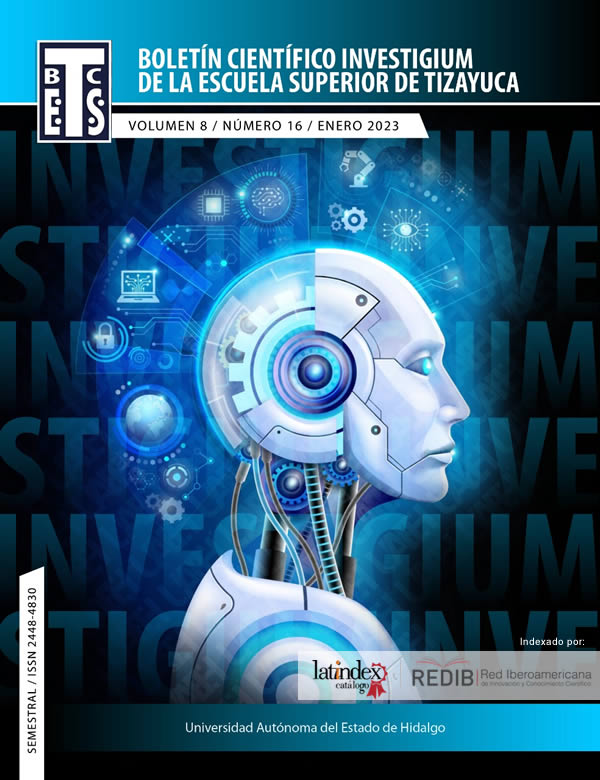Application of the Plan-Do-Check-Act (PDCA) methodology in the implementation of the Official Mexican Standard NOM-002-STPS-2010 in a company that manufactures glass products
Abstract
The purpose of this project is to improve the security, prevention and fire protection conditions in a company that manufactures glass products and contribute to Health and Safety by applying the PDCA methodology in the implementation of the official Mexican standard NOM-002-STPS-2010. To know the situation of the company and evaluate the initial degree of compliance with the standard, an internal audit was carried out that allowed identifying that only 36.36% of the requirements were met. In the first stage of the PDCA methodology (Plan), objectives and improvement plans were established based on the results obtained from the audit. In the second stage (Do) the proposed plans were executed to ensure the achievement of the objectives. During the stage (Check) a second audit was carried out to evaluate the implementation of the proposed improvements, where 100% regulatory compliance was achieved and a 62% decrease in the number of accidents, achieving that the Department of Safety and Hygiene and Environment of the company had a better performance. In the last stage (Act), annual training programs for personnel, fire equipment verification plans and the annual update of the civil protection program were established. The PDCA methodology helped ensure the objectives set out in this project and the factors that contributed to achieving it were: the commitment of the management, the correct communication at all levels and areas, the participation of the workers, the correct definition of responsibilities and functions, the establishment of procedures, processes and necessary resources. By complying with the requirements of NOM-002, fire severity indicators were reduced, working days without incidents were increased and risks were reduced, always seeking continuous improvement in the company, and preserving the physical integrity of workers.
Downloads
References
Camisón, C., Cruz S. y González T. (2006). Gestión de la Calidad: conceptos, enfoques, modelos y sistemas. Madrid: Pearson Educación.
Cuatrecasas, L., & Babón, J. G. (2017). Gestión integral de la calidad (1.a ed.). Barcelona. Profit Editorial I., S.L.,
Evans, J. y Linsay W. (2015). Administración y control de la calidad. México, D.F.: Cengage Learning.
Gutiérrez, H. (2010). Calidad total y productividad. México, D.F.: McGraw-Hill/Interamericana.
Organización Internacional de Normalización. (2015). Sistemas de Gestión de Calidad (ISO 9001) https://www.iso.org/obp/ui/#iso:std:iso:9001:ed-5:v1:es
Organización Internacional de Normalización. (2018). Sistemas de Gestión de la seguridad y salud en el trabajo (ISO 45001) https://www.iso.org/obp/ui/#iso:std:iso:45001:ed-1:v1:es
Villacres, E. P., Baño, D., & Garcia, T. (2016). Modelo de implementación del Sistema de Gestión de la Prevención de Riesgos laborales en una industria láctea de Riobamba- Ecuador. Industrial Data, 19(2), 69–77. https://doi.org/10.15381/idata.v19i2.12817
Copyright (c) 2023 Yanet Hernández Ortega, Ismael Cantha-Ñonthe, Luis Manuel Palacios-Pineda

This work is licensed under a Creative Commons Attribution-NonCommercial-NoDerivatives 4.0 International License.











